
Position Statement
Horse Farms Forever, Inc. opposes the Robert Bull revised applications to change the land use and zoning for the Jumbolair parcels. The proposed changes are not in the public interest, not compatible with the surrounding properties and inconsistent with the Comprehensive Plan. The land use change should be denied. The zoning change should be denied.
Planned Unit Development (P.U.D.) Concept Plan for Jumbolair.
The Revised Applications
Robert Bull proposes creating Jumbolair Aviation & Equestrian Estates as a fly-in community with a maximum of 240 new dwelling units, a 150% increase over the 94 dwelling units allowed with the current land use. The demand for this increased density is not driven by market demand, rather it is reliant on access to the runway for flight operations. There are already thousands of vacant parcels in and around the Jumbolair community. Marion County has an inventory of 120,000 vacant parcels that are vested for residential development.
Without the flight operations, there is no demand for the residential density.
And to support the flight operations, Jumbolair is proposing to increase the number of aircraft hangars with access to the runway to nearly 250. These hangars will accommodate 300+ aircraft. The increase in flight operations from 300+ aircraft to create demand for residential dwellings will subject the surrounding rural landowners and horse farms to an invasion of noise that is unprecedented. Just imagine hundreds of daily flight operations involving circling, low flying aircraft seven days a week at all hours of the day and night, with no restrictions.
With flight operations, the neighbors will be subjected to the equivalent of a never-ending air raid.
The Farmland Preservation Area
The 450-acre Jumbolair property straddles the boundaries of the Urban Growth Boundary and the Farmland Preservation Area (FPA) with about 20% of the acreage located in the FPA. The revised Jumbolair site plan proposes 1-acre lots that abut the FPA. This is contrary to Comprehensive Plan Policy 2.1.17 which states: “Where Low Residential abuts the Farmland Preservation Area or other Rural Area, hamlet, clustered or other development methods to preserve large tracts of open space are encouraged.”
Marion County’s Land Development Code (LDC) states that aircraft hangars are only permitted in approved fly-in communities or with a Special Use Permit. The Jumbolair revised application proposes designating the entire 450-acres to be a fly-in community, including the parcels located in the Farmland Preservation Area. Jumbolair proposes tightly clustering 90 of the proposed 203 aircraft hangars on parcels located inside the FPA. This proposal is not consistent with Comprehensive Plan Policy 3.3.1, which requires that all applications for Zoning change and Special Use Permits “be consistent with and preserve, protect and support and enhance the rural, equestrian, and farmland character of the Farmland Preservation Area.”
James Garemore, who built the original grass runway. The five small Quonset hut style hangars can be seen in the background.
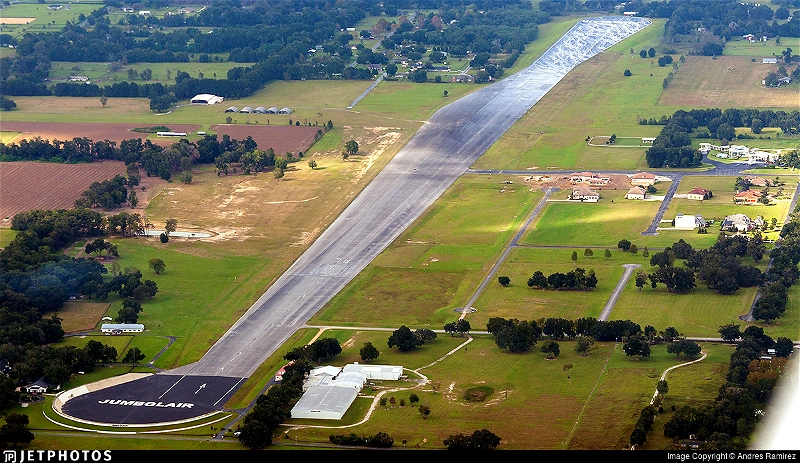
The paved runway is reportedly the largest licensed private runway in North America.
The Airport
In 1980, James Garemore built the original Greystone grass runway that runs east/west. Also in 1980, Arthur Jones of Nautilus exercise equipment fame purchased a homestead and added another 450 acres that abutted the Greystone runway. In 1984, Mr. Jones completed the paved Jumbolair runway which runs north/south for his private use. It is reportedly the largest, licensed, private runway in North America. In 1989 as part of a divorce proceeding, Terri Jones took control of the Jumbolair property, helped develop the aviation community, operated a banquet hall, and a bed-and-breakfast.
In 2000, Jumbolair Aviation Estates was created as a fly-in community by dividing 190-acres on the east side into a hamlet of 38 parcels. In 2008, actor John Travolta purchased one of the Jumbolair Aviation Estate lots. Even with that publicity, today 23 of those parcels are still vacant. The Jumbolair Aviation Estates community is separate from the Jumbolair Aviation & Equestrian Estates project and is not included in these applications. In 2013, Ms. Jones sold the Jumbolair property to a businessman, who in 2021 sold it to Robert Bull and affiliated entities. This purchase by Mr. Bull included 21 of those vacant parcels located in the Jumbolair Aviation Estates.
The Owners
Robert and Debra Bull controlled companies own the multiple parcels that total 450-acres and are the subject of these applications. Mr. and Mrs. Bull created the Bull Family Foundation and the American Honor Foundation, both nonprofit 501C3 corporations. The Bull family makes gifts to the Bull Family Foundation. The Bull Family Foundation makes gifts to the American Honor Foundation. The American Honor Foundation owns and operates the aircraft. As a side note, neither foundation is registered with the Florida Department of Agriculture and Consumer Services as a charity.
The American Honor Foundation states, “Our mission is to inspire and educate future generations about American history, and the contributions of our veterans, by collecting, restoring, and preserving historical American artifacts. We aim to provide students with a unique educational opportunity to learn about war history and the importance of the blue-collar trades that helped build this country.” While the intent of the mission is praiseworthy, the flight operations to accomplish it at the subject property are inappropriate. Here’s why.
The Aircraft
The American Honor Foundation website lists the collection of 14 vintage military aircraft to be based and operated out of the 5 existing hangars. These World War II and Vietnam-era military aircraft were designed to be used in warfare and operated out of military bases. They are some of the loudest aircraft ever produced. The noise levels generated by these aircraft will disrupt all facets of an otherwise rural lifestyle.
Just imagine the current activity from 5 hangars multiplied by 40 times more hangars!
If Jumbolair operates like other private fly-in communities, most of the flight operations will be local circling flights within 5 miles of the airport. For the property owners within a 5-mile radius of Jumbolair, the noise from the hundreds of daily operations of vintage aircraft will greatly impact and diminish their quality of life and the value of their property.
In addition, the aircraft will require intense commercial fuel and maintenance activities. The proposed zoning application makes no provision to regulate these activities, even though the entire project is inside the Primary Springs Protection Zone.
Any proposed increase in the number of aircraft hangars and resulting flight operations should require a Special Use Permit for each and every hangar. While the County can’t regulate an aircraft once it is airborne, it can control the number of hangars and flight operations. With a Special Use Permit, the County has the power to limit the number of aircraft, the number of flight operations, the days and hours of operations, and the type of aircraft operated. This is substantiated by Policy 7.2.5: Regulation of Airports which states: The Land Development Code shall establish regulation of airports by Special Use Permit or special zoning category to allow placement of appropriate conditions to safeguard public health, welfare, and safety.
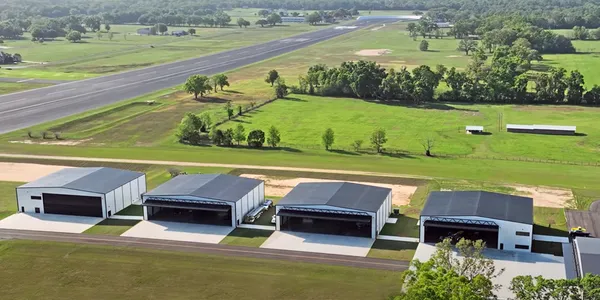
The 5 existing hangars were newly built in 2022 by Mr. Bull and allowed without a Special Use Permit as they supposedly replaced 5 small Quonset hut style hangars built by Mr. Garemore in 1980.
The Hangars
The Jumbolair revised zoning application proposes 198 new aircraft hangars to augment 5 existing hangars for a total of 203 aircraft hangars. In addition, the separate Jumbolair Aviation Estates hamlet, which is deemed a fly-in community, is allowed 38 aircraft hangars. The 5 existing hangars were newly built in 2022 by Mr. Bull and allowed without a Special Use Permit as they supposedly replaced 5 small Quonset hut style hangars built by Mr. Garemore in 1980. As those original hangars were built before the restriction on aviation hangars was enacted into the LDC, they were deemed a “legal non-conforming” use. The LDC states that a non-conforming use can be maintained but not expanded. With the 5 new hangars, Jumbolair significantly increased the degree of non-conformity, contrary to the LDC. Those new hangars should have each been required to obtain a Special Use Permit. The County should halt their use and require they each apply for a Special Use Permit as per the LDC.
All combined, the Jumbolair complex could total almost 250 hangars. As many of these hangars are large enough to accommodate multiple aircraft, the airport could be a base for over 300 aircraft. As a point of reference, the Ocala International Airport has 146 aircraft hangars and 200 based aircraft. With the number of aircraft and average flight operations, this would rank the private Jumbolair airport as one of the 100 busiest general aviation airports in the United States with hundreds of flight operations per day.
The Rural Area and Horse Farms
The existing runway is in a rural area and is a non-conforming use. It would never be allowed today. Any increase in the intensity of its use is contrary to the LDC and not in the public interest. The expansion of the existing Jumbolair fly-in community beyond the current size is inconsistent with the Comprehensive Plan and should be denied. The Transportation Element Objective 7.2: Consistency with the Comprehensive Plan states: Improvements to existing airports and new sites shall be consistent with the Goals, Objectives, and Policies of the Future Land Use, Conservation, and Transportation Elements of this Plan.
As an example of a violation of the Comprehensive Plan, Policy 2.1.13: Protection of Rural Neighborhoods states: Marion County shall recognize “rural neighborhoods” that occur within or outside of the UGB deserve special protection from the intrusion of urban uses, densities, and intensities where new development occurs within the immediate vicinity.
Attend the Hearing
Jumbolair Equestrian & Aviation Estates’ application to change the land use will be heard at a public hearing on February 20th, 2pm, at the McPherson Complex. We urge you to show up along with us and exercise your right to public comment. Please also reach out to your County Commissioners to thank them for their longstanding support for farmland preservation and ask them to continue to uphold the Comprehensive Plan’s protections for the Farmland Preservation Area. Your voice matters and it makes a difference.
Scan to email all the Commissioners at once:

or click below:
Contact the County about the EAR:
For any additional questions regarding the EAR process, please email Planning@MarionFL.org with your subject line including 'EAR' or call us at 352-438-2675 & ask for a planner.
The workshops will be livestreamed. Check the County’s agenda webpage for the link: https://marionfl.legistar.com/Calendar.aspx

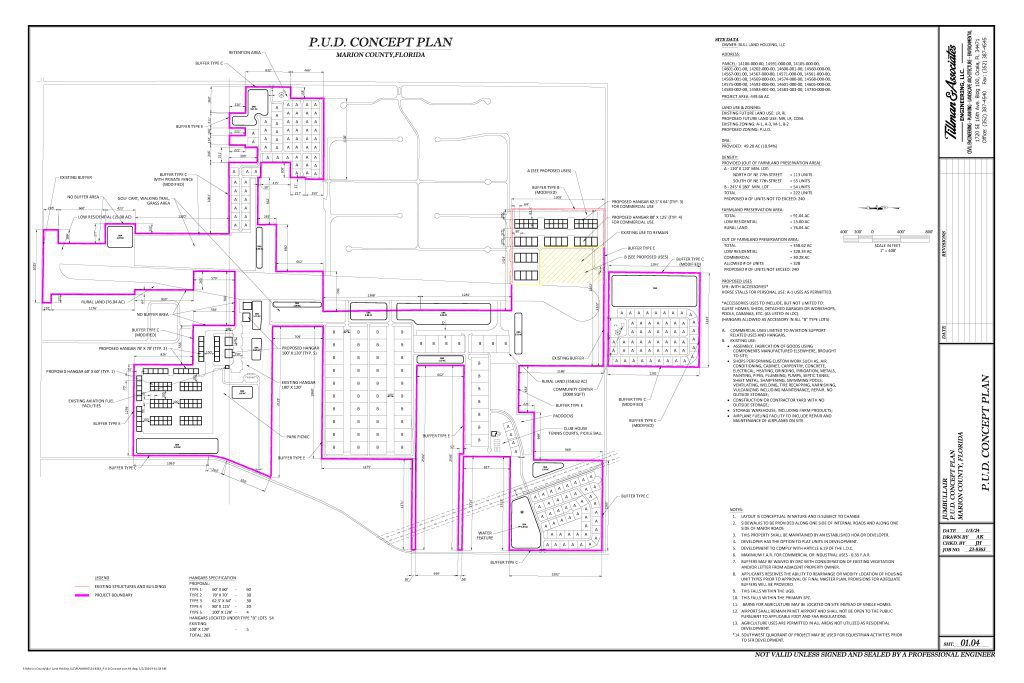
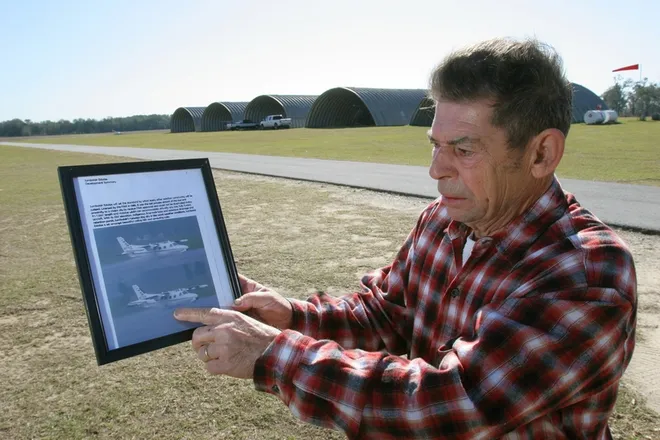

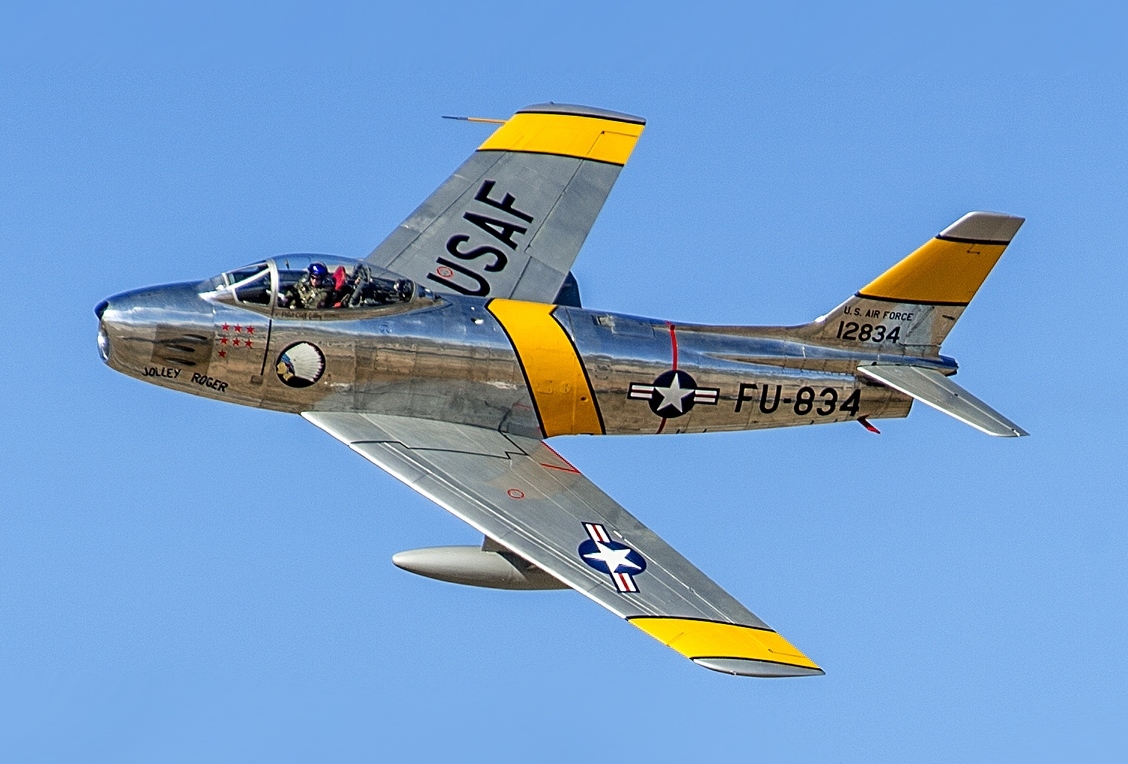
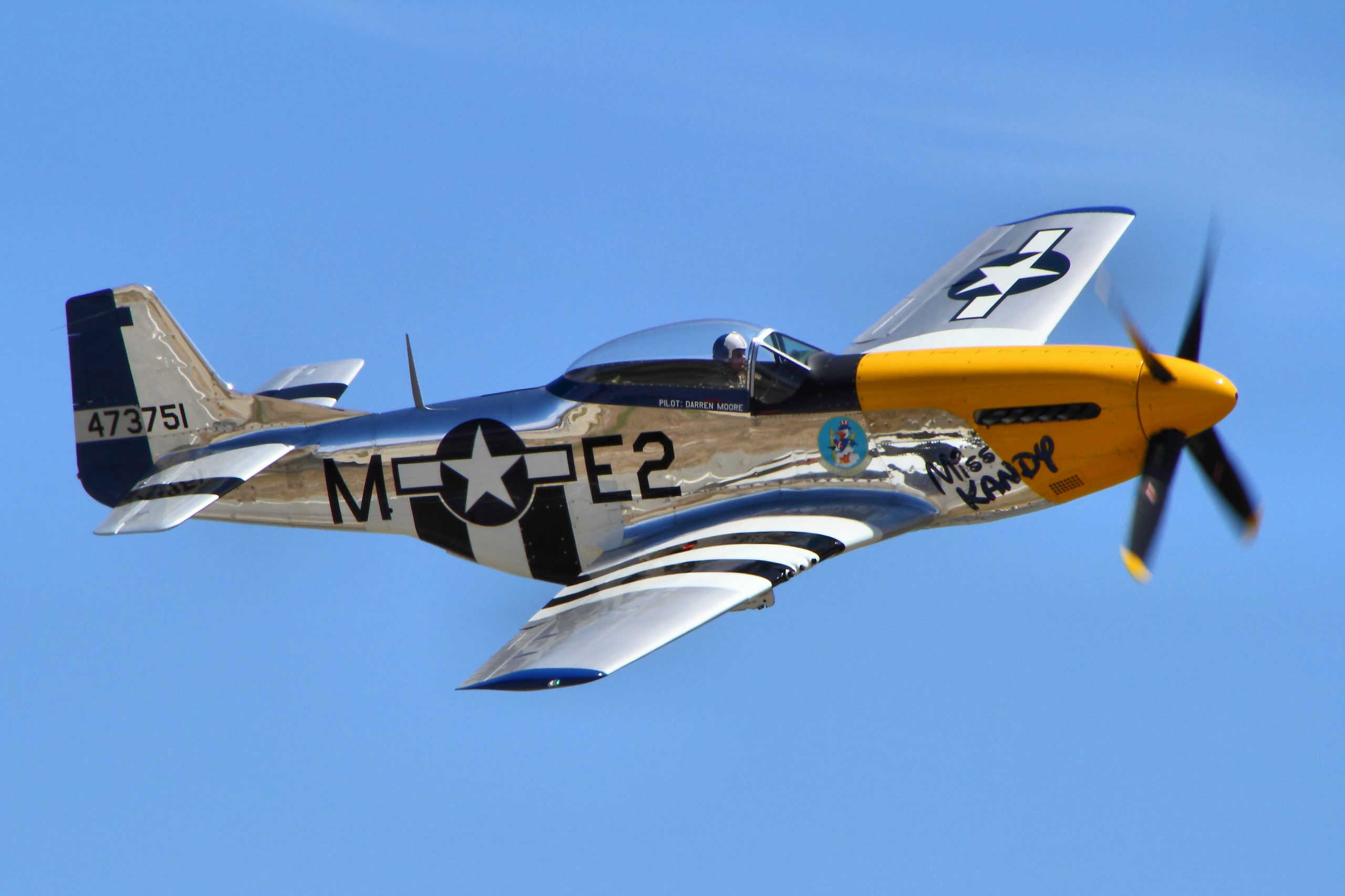
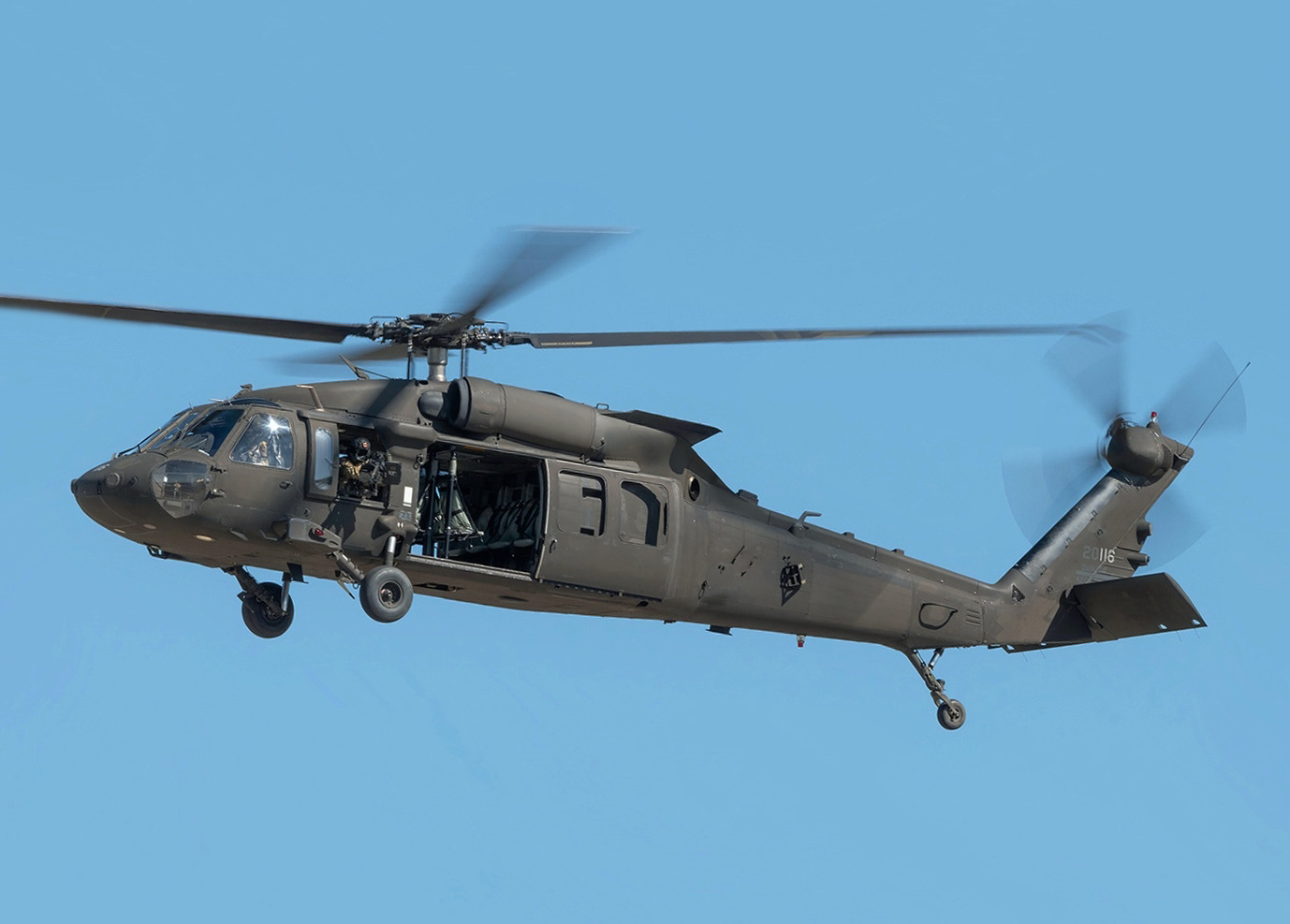
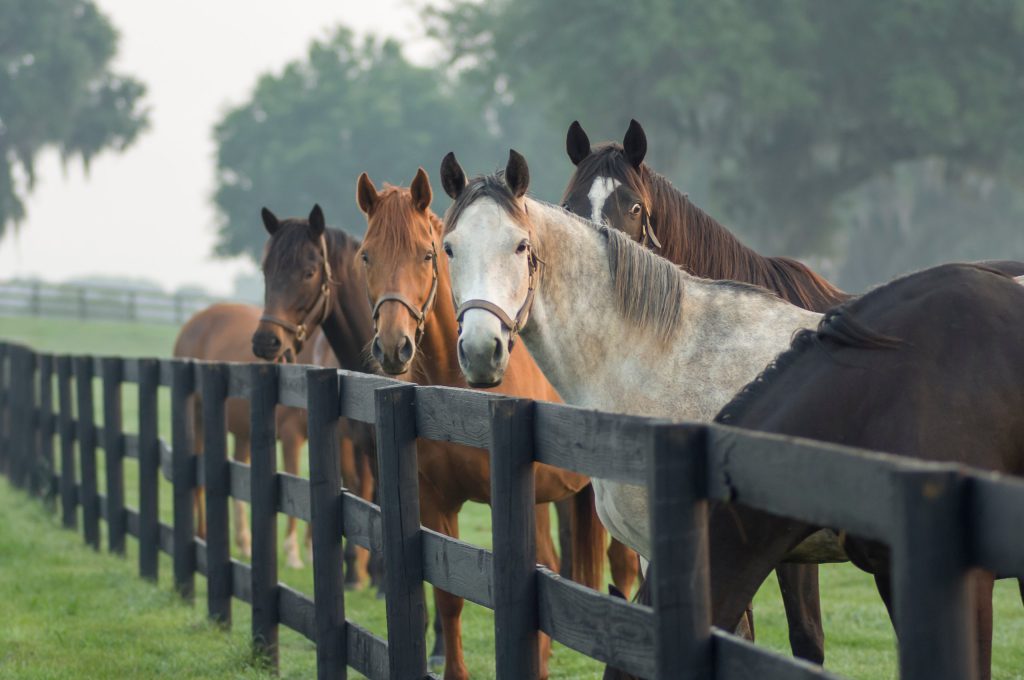
Do not get rid of horse farms in Ocala and Marion County.
The horses and ranches inhance the ambiance of the area and leave horses in their great environment. Do not stink up the environment with fuel and other toxic elements.
Thank you so much for taking this strong position in opposition to the Jumbolair proposed rezoning and land use changes. It’s a seriously flawed plan, to enrich one family, at the expense of the entire community within a 5 mile radius! I trust and pray that our BOCC will do the right thing!
Are there fliers to post ? Can we make some if not ? So many rural areas and EVERYONE needs this information because EVERYONE will be affected. Maybe not your neighborhood today but a truck stop here and an airport there … Horses ??? Really there used to be FARMS and HORSES here ??? It wasn’t always one big development..?… Think about it. Once it’s gone it’s gone…
Thank you Horse Farms Forever, Thank you !
FEB. 20 th 2024 2:00 pm STOP The Jumbo Air RAID
With this, the gas station, the sale sign on Silver Charm’s farm, and the historic Continental Acres-GrabdOaks all under threat, we need National Allies.
Horse communities maintain high value.
Save our heritage farms by a national call,please